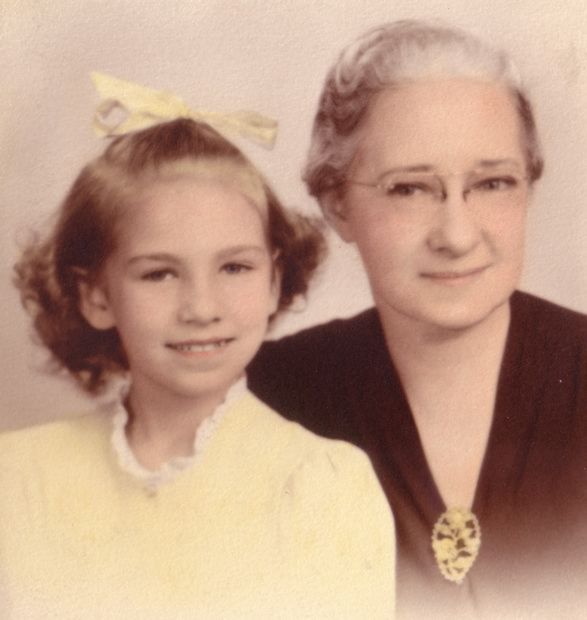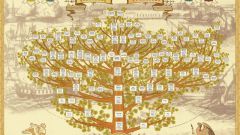Instruction
1
The first source in order to begin research, is the home archive of old photographs and documents, employment records, marriage certificates, birth certificates, diplomas, and certificates. With all documents clear photocopies, and the originals put back, so as not to lose valuable information. Divide all data into two folders: the relatives on the paternal and on the maternal side. For each person you collect information in a separate file. So you will not get entangled in the intricacies of relationships.
2
In every family there are legends about what happened in the life of the family, at least two or three generations. To interview relatives, thought-out list of questions in advance will not be difficult if you find yourself, or organize a festive meal or an evening of memories. In a situation when you are unable to record information on paper, is better to use a recorder, so you do not miss a single detail, because people can kill each other, complementing the story. Remember, how are called the degree and be prepared to hear interesting stories.
3
But the knowledge of the relatives was not always complete and exhaustive. If you want to know about their ancestors more, but to tell you that no one, perhaps, when you do the initial research, you will help in the archive. But for this you must know the name, patronymic and surname, year and place of birth of the person about whom you want information.
4
Draw a family tree can, in imitation of European traditions, which were spread slightly. Most often, the trunk of the tree meant ancestor, and which branches of his descendants living today. Sometimes the trunk means one who conducts research and which branches of his ancestors.
Note
How to make a family tree - nowadays more and more people begin to think about this question. What gives this tree? First, you will know their relatives, and secondly, learn the history of your kind. How to make a family tree of sorts. It should be noted immediately: making a family tree is not always ends with admiration for its authors.
Useful advice
Perhaps in the collections of large regional libraries have special genealogical reference books, at least those that are issued or reissued in the last decade. Of course, the best studied and described the genealogy of noble families of the Russian Empire, but much more often, However, we have to go to the archives with a written request, which also need to be able to properly prepare. Addresses of archives can be obtained, for example, the site of Rosarkhiv (skills online), you can look up the address in...


